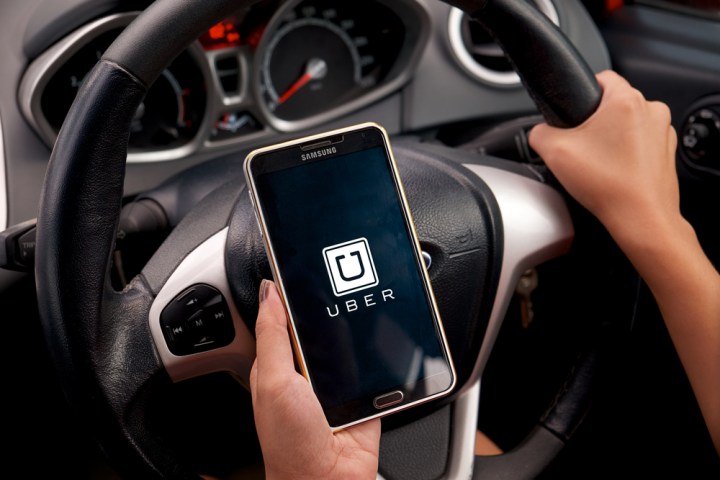
And both stories reference each other. Are the engineer and Uber just bending meaning around the same fact? Or is Uber just trying to stay in its drivers’ good graces while it presses forward with self-driving cars?
Surge pricing is what happens during periods when the demand for Uber drivers is greater than the supply. When someone sends a ride request, if a surge is in place, the prospective rider is informed that the rate will be two to four times the normal rate. At that point, the customer can accept or decline the offer. Riders of course get frustrated by unexpected high prices. And while surge pricing might make some sense when crowds come out of a big concert or sporting event, sometimes there’s no apparent clue to the cost uptick.
Drivers are naturally in favor of surge pricing. Some even plan their shifts around times they know from experience or knowledge of local events are more likely to have surge pricing in effect. And according to some drivers, if it weren’t for surge fares they couldn’t make a living driving for Uber.
Jeff Schneider, a lead engineer at the Uber Advanced Technologies Center, said Uber sees surge pricing as a “market failure” and uses machine learning to predict when demand will be greater. As the algorithm improves the company is more able to inform drivers of the demand. When the driver supply increases, the need for a price surge diminishes or goes away.
“That’s where machine learning comes in. That’s where the next generation comes in,” said Schneider. “Because now we can look at all this data, and we can start to make predictions.”
In Uber’s response to the initial NPR article, the company stated that Schneider did not tell NPR that surge pricing was ending, but only that surge uses machine learning for its predictive algorithm and as a result the problem should diminish in time.
Uber reassured drivers they can still rely on surge pricing to bump up fares during busy periods. Uber did further state that when self-driving cars are deployed it’s likely that surge pricing will disappear.
NPR’s response to the Uber denial about surge pricing being on the way out was to cite part of the interview transcript of the reporter’s conversation with Schneider in an update at the end of the article. In the citation, the reporter asked Schneider directly if he was saying, “machine learning will solve the problem and get rid of surge pricing.” Schneider’s response, “There we go!” Clearly the reporter interpreted Schneider’s answer to mean “right now,” and not in some distant time in the future when Uber employs self-driving cars.
So the fact appears to be that Uber is using machine learning to improve its predictive algorithm for surge pricing. As to whether the goal is to replace surge pricing now or later when Uber begins using driverless cars, well, that remains up in the air. Which meaning do you think is correct?



